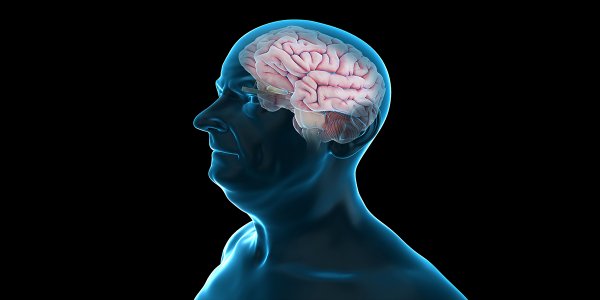Scientists Have Discovered An Ultrasound Therapy To Reverse The Impacts Of Alzheimer’s
Tags: News

Scientists have discovered a new ultrasound technology that fully restores the memory function in 75% of its test animals. Dementia affects almost 50 million people around the world, and current statistics predict that it will impact 135 million people by 2050. Alzheimer’s disease is the most common form of these, and strikes one in eight elderly Americans, which makes it the sixth-leading cause of death, according to recent reports. Together with the physical implications of the disease, Alzheimer’s is the most expensive disease in America, as in 2016 an estimated $236 billion was spent in supporting Alzheimer’s patients.
Alzheimer’s is a progressive brain disease which accumulates abnormal protein deposits known as amyloid plaques and neurofibrillary tangles in the brain, which then causes the cells to die. In the US alone, the disease is expected to increase by 44% by 2025. Due to its huge implications on such a large proportion of people, scientists are constantly researching ways to cure it, and now scientists in Brisbane, Australia may have found one. Previously to this, the current treatment options that were available to either slow or reverse the disease were very limited. The technology that the Australian researchers have discovered to fight against the Alzheimer’s disease is high-energy ultrasound. Study author Juergen Goetz from the University of Queensland in Brisbane said, “Our research was very exploratory and we really didn’t expect to see such a massive effect. I’m really excited by this.”
For many weeks, mice that had been genetically altered to produce amyloid plaques in the brain were treated with focused beams of ultrasound. The scientists then discovered that 75% of the animals showed that the plaque was completely cleared, with zero brain tissue damage. The process has been further explained: “the team describes the technique as using a particular type of ultrasound called a focused therapeutic ultrasound, which non-invasively beams sound waves into the brain tissue. By oscillating super-fast, these sound waves are able to gently open up the blood-brain barrier, which is a layer that protects the brain against bacteria, and stimulate the brain’s microglial cells to activate. Microglial cells are basically waste-removal cells, so they’re able to clear out the toxic beta-amyloid clumps that are responsible for the worst symptoms of Alzheimer’s.”
From here, further research needs to be conducted into whether plaque is the cause or just a symptom in the disease, but the experiment uncovered that the mice who received the treatment had a significantly improved memory over the course of three separate tests. These tests included a maze, a challenge to get them to recognise new objects, and another to have them remember the places they should avoid. The research team hopes to start human trials sometime this year.
Read Next: From Cancer Cures To Touch-Powered Flashlights: 5 Teen Inventors Who Changed The World
THIS ARTICLE IS OFFERED UNDER CREATIVE COMMONS LICENSE. IT’S OKAY TO REPUBLISH IT ANYWHERE AS LONG AS ATTRIBUTION BIO IS INCLUDED AND ALL LINKS REMAIN INTACT.
IMAGE CREDIT:Eraxion / 123RF Stock Photo
Leave Comment: